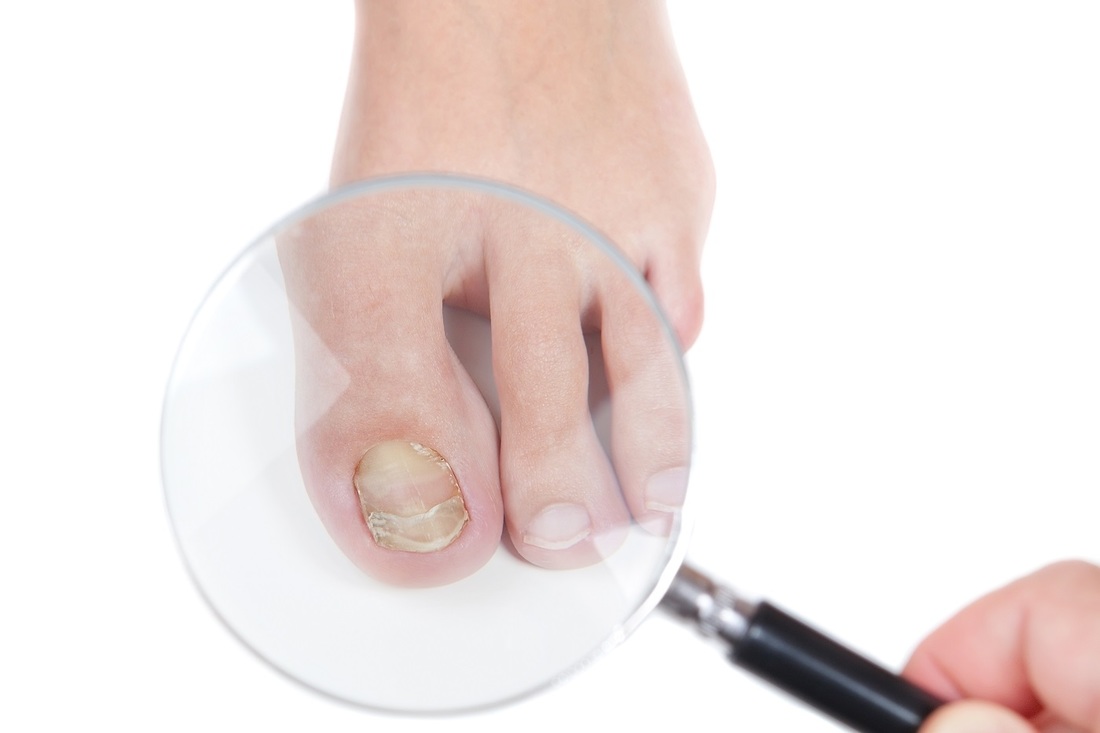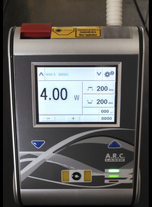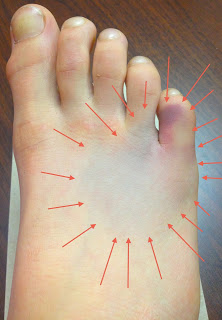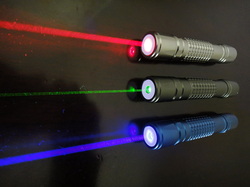1. Toenail color changes
One of the common changes will be development of yellow streaks under the nails. Health experts consider this the initial sign that an infection is developing. If the nail in question turns green, there is definitely an infection and it is likely bacterial. White and yellow nails indicate fungal and yeast infections. Yellow nails indicate fungus. In some cases, however, the color change is more subtle. The shininess of the nail simply fades. Other times the nails turn a darker color than normal. If you regularly paint your toenails, it's a good idea to take off the polish completely once in a while to check on your nail bed’s color.
2. Toenail texture changes
If your toenails become exceptionally brittle or have begun to thicken you could be suffering from an infection. In some cases the toenails will break, or the shape will become distorted by the growing fungus.
3. Toenail separation
In some cases of toenail fungal infection, the nail can completely separate from the nail bed. If you have not recently stubbed your toe or endured any similar injuries, this could be an indication of trouble. The unfortunate thing is sometimes when you have a fungus-related infection you won't even feel the separation. Therefore, it's even more critical to regularly examine your feet.
4. Pain
As the infection advances, pain may be felt on the affected part. Furthermore, the surrounding tissues may get inflamed. Pain is attributed to the thickening nails. If you gently press the nail and find the area is tender or sore, you could have an infection. It is also important to clarify that the pain is not a result of tight footwear or other toe conditions, however.
5. Odor
A bad smell is another reliable indication that you have a toenail fungal infection. As the fungus causes the toe tissues to die, an odor will be given off. This option is relatively tricky because bad smell can be caused by other factors apart from fungal infection. For example, wearing shoes for a long time can lead to the development of unpleasant odors. This is common in people whose feet sweat. Because of this many people will go undiagnosed, simply assuming they have stinky feet. If this is the case and you're not quite ready to seek medical confirmation, wear open footwear such as sandals for a couple of days. If you still have an odor, it's a pretty clear indication there is trouble afoot.
Other indications include a discharge of pus, running a fever and red streaks around the area. If you suspect you have a toenail fungal infection, visiting a doctor isn't a bad idea. Your case may or may not warrant prescription medication, but it's better to know what you're dealing with than play the wait and see if it gets better game.
Dr. Christopher Segler is Board Certified, American Board of Pediatric Medicine. He see patients at home in San Francisco, Palo Alto, Menlo Park, and San Jose so that they can get cutting edge diagnosis and treatment of toenail fungus infections right in the comfort and convenience of their own homes. If you think you may have toenail fungus and have a question about it, you can reach him directly at 415-308-0833.




 RSS Feed
RSS Feed